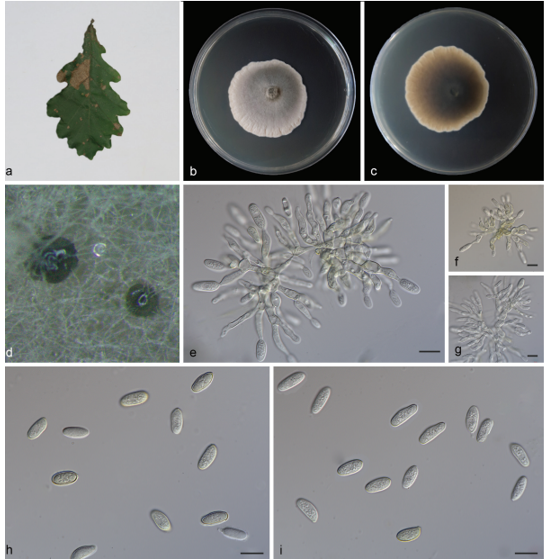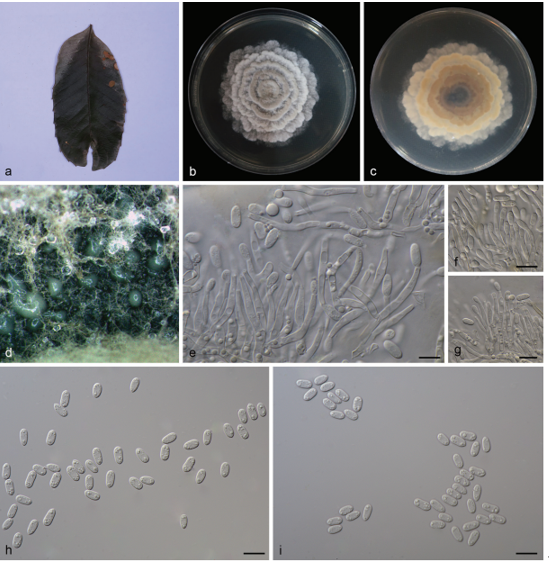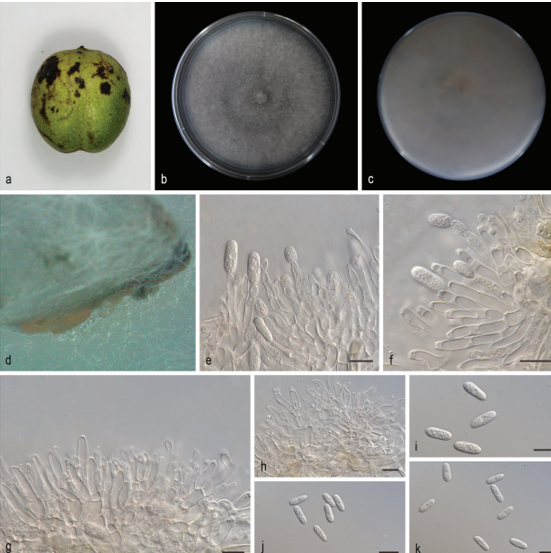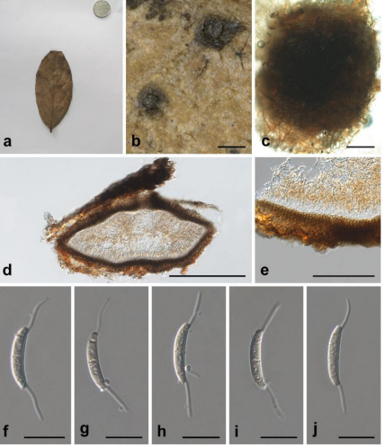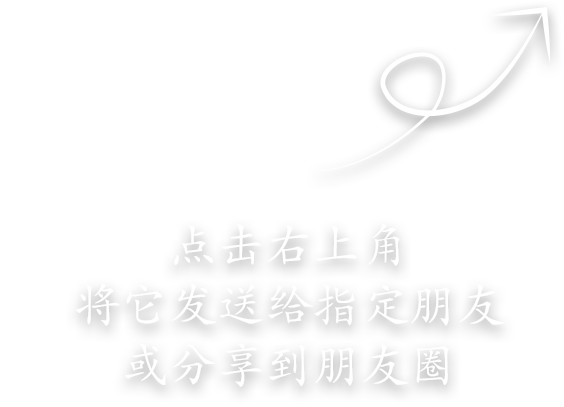Russula glutinosoides Buyck & X.H. Wang 2020
MycoBank MB 833738; Facesoffungi Number: FoF 07372
Holotype: China. Yunnan Prov., Nanhua Co., Tujie Town, road from Shuimofang to Lantanhe, km 9 mark, in mixed forest with Pinus yunnanensis and Quercus trees, 15 Aug 2017, X.H. Wang 4578/B. Buyck 2017.131 (HKAS 106678, KUN, holotype!; PC0125109, isotype!); Binchuan Co., Jizushan Town, near Siqian village, 10 Aug. 2011, L.P. Tang 1542 (HKAS 70003, KUN).
Morphological description
Basidiomata single or in very small groups of 2–3 individuals, medium-sized. Pileus 97 mm diam., quite regular in outline, slightly depressed to plane in the center, firm and quite thick (9 mm above lamellar attachment); margin smooth, rounded and oriented downward, involute when young; pellis peeling up to mid-radius, viscous-greasy when humid, shiny when dry, not pruinose, smooth and continuous, rather evenly coloured over its entire surface, creamish to pale yellow. Lamellae unequal, multiseriate, being separated by 0–3 lamellulae of different lengths, especially many very short ones, adnate, rather widely spaced (7–8/cm near the pileus margin), 8 mm high, brittle, some splitting transversely, narrowing toward the pileus margin, not or rarely forked at various distances from stipe, sharply delimited from the sterile stipe surface, cream, staining weakly brownish pink where injured or upon handling; edge even, concolorous. Stipe 48 × 23 mm, central, gradually narrowing downward, smooth, glabrous, probably white when young, but yellowish tinged (possibly from handling), very firm and hard, hollowed in the very center (possibly by animal attack). Context whitish, turning quickly reddish brown to brownish pink where injured. Odor not remarkable. Taste acrid, but not very strong. Spore print colour not observed.
Spores very small, ellipsoid to almost lacryform, (4.5)5.0–5.29–5.6(5.8) × (3.3)3.4–3.66– 3.8(4.0) um, Q = (1.35)1.38–1.45–1.52(1.56), with a very low, weakly amyloid ornamentation made of obtuse, isolated or often aligned, sometimes irregular or comma–shaped warts, interconnected or fused in short crests, sometimes almost subreticulate; suprahilar plage indistinct, warted, inamyloid. Basidia 31–43 × 5–6 µm, narrowly clavate, four-spored, sterigmata 4–5.5 × 1 µm. Hymenial gloeocystidia abundant, 63–88 × 5–6.5 µm, narrowly clavate to subcylindrical, often repeatedly but slightly constricted, sometimes with distinctly more inflated apical part, hardly emerging, originating from the trama or lower subhymenium, thin-walled; contents moderately abundant, granular to finely crystalline. Marginal cells small to very small, similar to basidiola or more irregular in shape, occupying the entire lamellar edge. Subhymenium filamentous to densely pseudoparenchymatous. Lamellar trama containing oleiferous elements, with numerous sphaerocytes. Pileipellis in young specimens 200–300 µm thick, orthochromatic to moderately metachromatic in cresyl blue, vaguely two-layered with a suprapellis consisting of a gelatinous layer of almost vertical, narrow hyphal terminations, ascending from an ill-defined layer of more inflated and branching basal cells that may locally develop into a pseudoparenchyma. Hyphal terminations at the pileus center very slender and narrow, ca. 2 µm wide, often with distinctly inflated to subglobose, 4–6 µm diam. swellings near the septa or at the very apex, sparsely septate or branched, with the terminations aligned in a continuous trichoderm, becoming more dispersed with age and toward the pileus margin, where hyphal terminations are usually shorter and slightly broader, sometimes with more and larger, often repeatedly constricted or globose swellings on short extremities aggregated in tufts. Pileocystidia of very variable length (from hardly 20 µm up to several hundreds of µm), mostly 4–10(15) µm diam., difficult to observe unless close to the pileus margin, dispersed and with sometimes very few contents, some terminal at the very pileus surface, mostly arising from subpellis or deeper layers, often capitate or with otherwise differentiated apex, some one-celled, but most being repeatedly septate, subcylindrical, with granular-amorphous, refringent contents that hardly react to sulfovanillin, orthochromatic in Cresyl blue, showing distinctly incrusted walls away from the apex; the incrustations yellowish in KOH; continuing as cystidioid hyphae in subpellis and pileus context underneath. Oleiferous elements present in context, particular just underneath the subpellis. Clamp connections absent from all parts.
Habitat: With Pinus yunnanensis and Quercus trees。
Distribution: In China.
GenBank Accession: ITS: MN434187; nucLSU: MN428827; mitSSU: MN460313; rpb1: MN433687; rpb2: MN433685; Tef-1α: MN433689
Notes:
Reference: Buyck B1*, Wang X-H2, Adamčíková K3 et al.
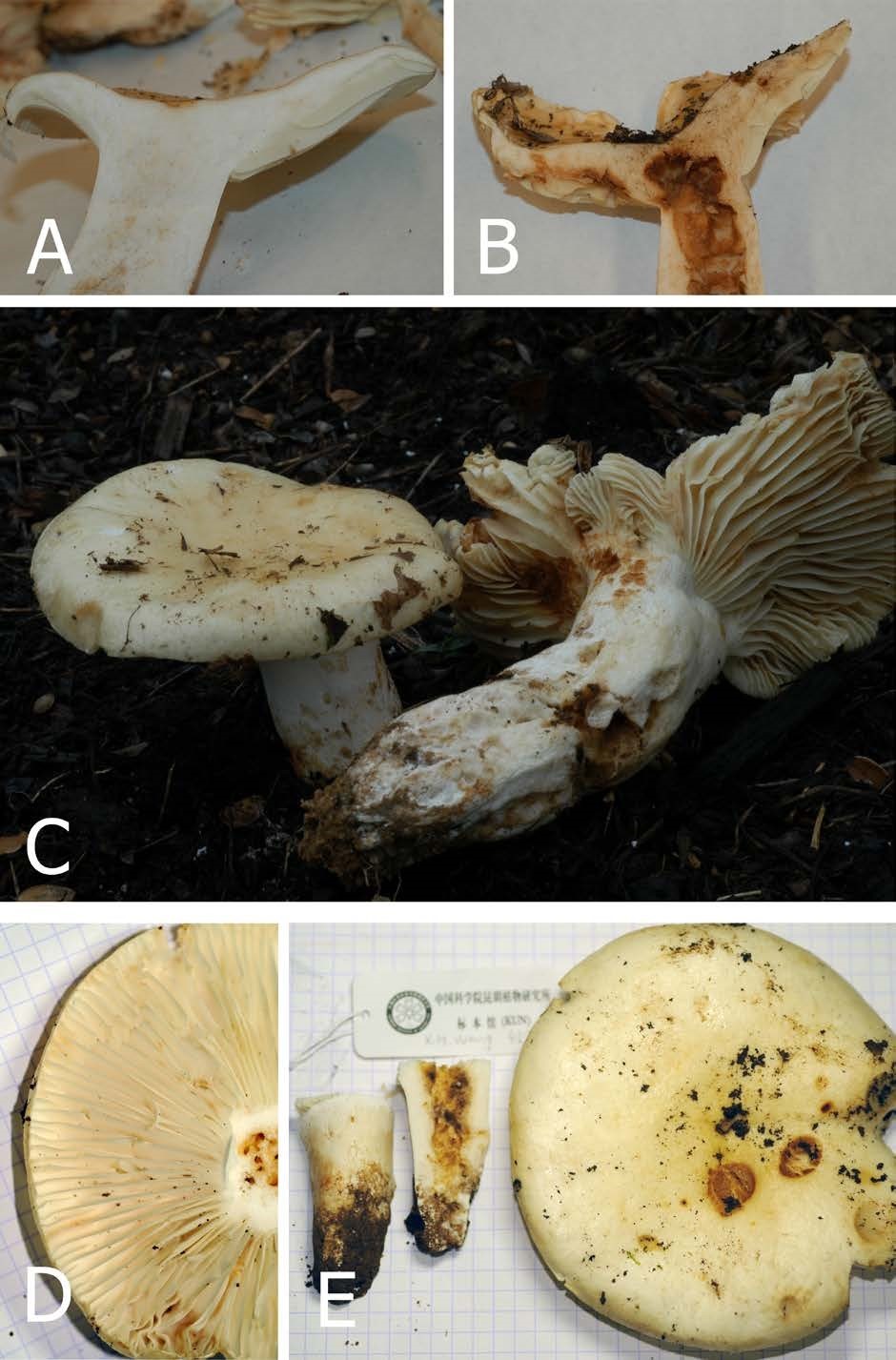
A, B, C Field habit of Russula glutinosa (Buyck 04.202). D, E R. glutinosoides.
(holotype). Photos B. Buyck


